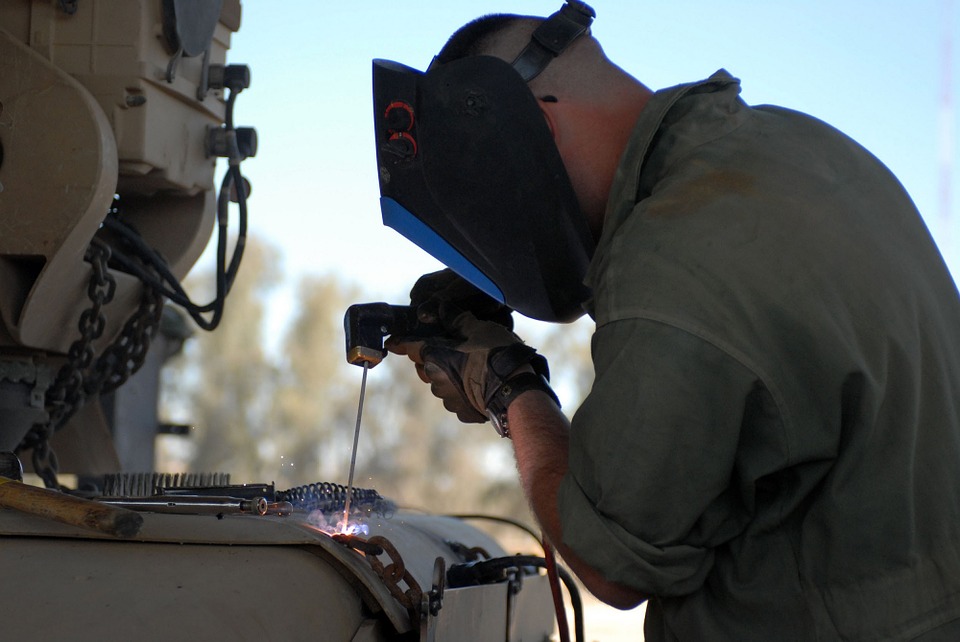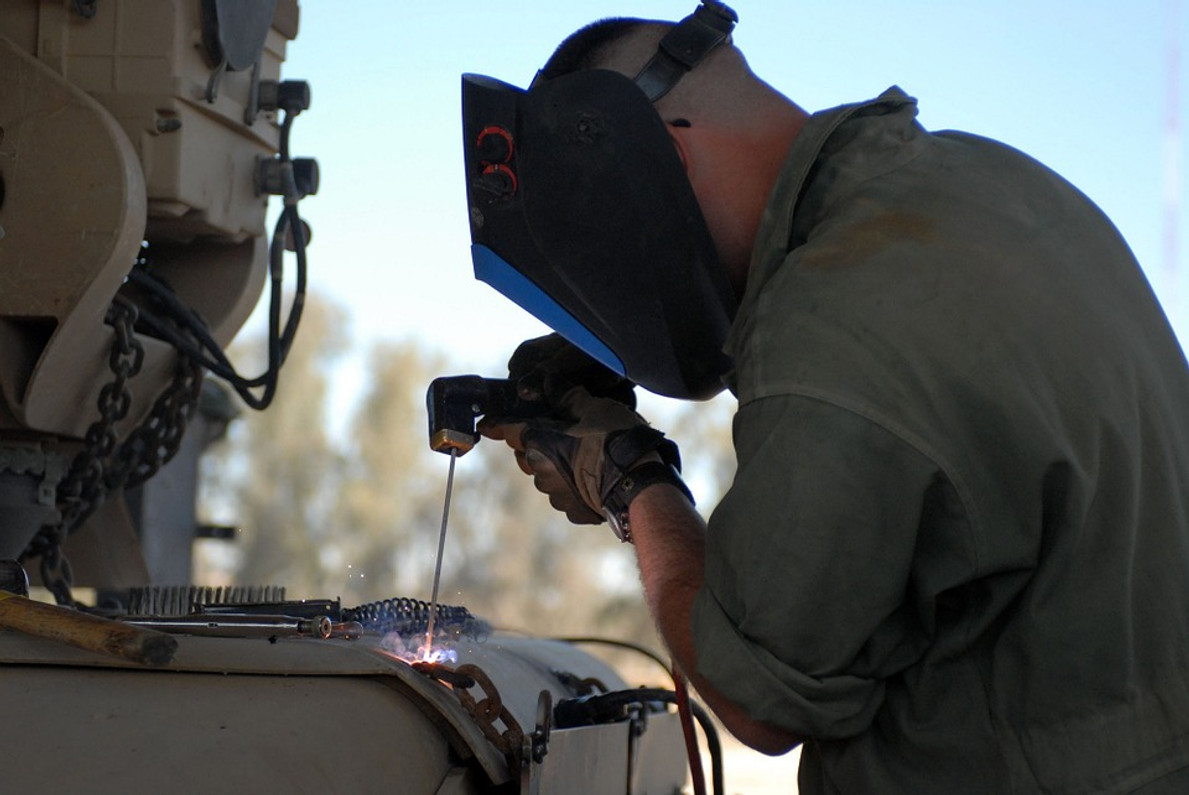Personal Protective Equipment for Eye Injuries

Eye injuries are an all-too-common occurrence in the workplace. According to the Centers for Disease Control and Prevention (CDC), approximately 2,000 U.S. workers sustain eye injury each day that merits medical attention. While eye injuries can occur in a variety of ways, most involve flying projectiles of wood, sand, cement or debris. Thankfully, though, the right personal protective equipment (PPE) can protect against such injuries.
Googles
The most commonly used PPE for protecting against eye injuries are goggles. A simple pair of goggles can protect workers from countless different eye injuries, including chemical burns, projectiles, dust and more. With that said, not all PPE safety goggles are made equal, and it's important to choose the right type.
When buying PPE safety goggles, consider the American National Standard (ANSI) rating. Additionally, check to make sure they allow air to flow through; otherwise, they may fog up when worn.
Face Shields
Face shields are typically work over basic eyewear like goggles, allowing for an extra layer of protection. Face shields are designed to protect workers from impact, heat, chemical and biological hazards.
Full-Face Respirators
Full-face respirators offer the highest level of protection when respiratory protection is also required. With that said, however, they are less effective at protecting against impact-related eye injuries; therefore, full-face respirators -- like face shields -- should be used in conjunction with another form of eye protection.
In addition to wearing the appropriate PPE eyewear, there are other steps you can take to protect against eye injuries in the workplace, including the following:
- Keep working environment clean and free of obstruction
- Identify potential hazards before working
- Maintain all tools and equipment according to the manufacturer's recommendations
- Brush debris and dust from forehead before putting on or removing protective eyewear
- Always wear the appropriate PPE eyewear for the job
- Follow the 20-20-20 rule, meaning you should take a 20second break every 20 minutes to view something that's 20 feet away
Of course, the single most important step in protecting against eye injuries at work is to wear the right PPE. Whether it's goggles, a face shield or a full-face respirator, PPE serves at the first line of defense against eye injuries. Furthermore, the Occupational Safety and Health Administration (OSHA) requires all employers to provide workers with the appropriate PPE.
Recent Posts
-
Fire Safety in the Workplace: What You Need to Know
What steps are you taking to prevent fires in your workplace? According to the U.S. Occupational Saf …Aug 23rd 2023 -
Is It Safe to Go Jogging With a Cold Infection?
If you're suffering from a cold infection, you might be wondering whether it's safe to go jogging. T …Aug 22nd 2023 -
5 Safety Tips to Follow When Using a Powder-Actuated Tool
Powder-actuated tools are commonly used to join materials to steel and concrete. Also known as Hilti …Aug 20th 2023




